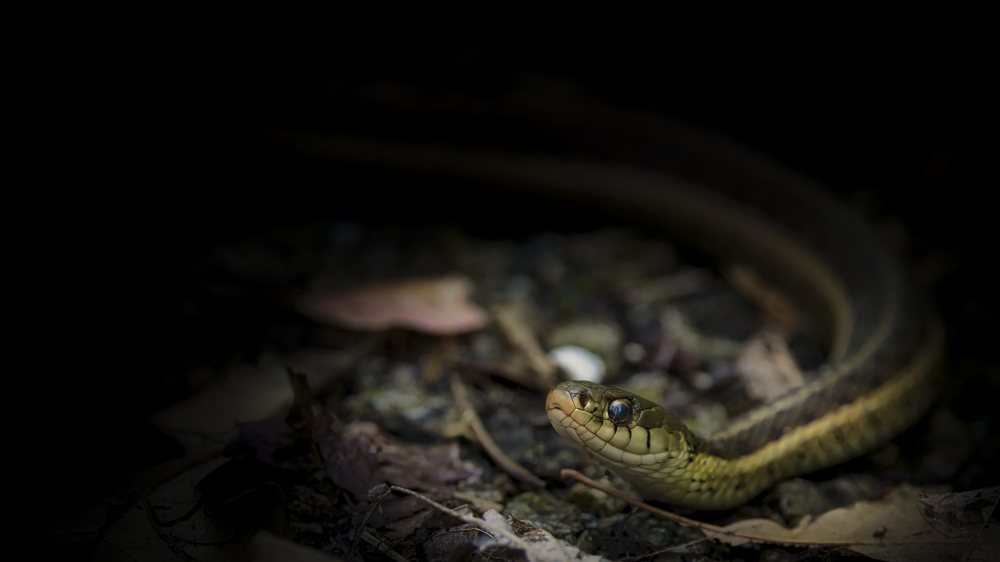
American Robin
(Turdus migratorius)
The American Robin, scientifically known as Turdus migratorius, is a medium-sized migratory songbird belonging to the thrush family (Turdidae). It is one of the most recognizable and widespread birds in North America, known for its vibrant appearance and melodic song. Here's some information about the American Robin:
Appearance:
The American Robin has a plump body with a length of about 9 to 11 inches (23 to 28 cm) and a wingspan of around 12 to 16 inches (30 to 41 cm). It has a gray-brown back and head, with a reddish-orange breast that fades to white towards the belly. The robin also features a distinctive blackish head with a white eye ring, a yellow bill, and white markings on the lower belly and undertail coverts. Juvenile robins have a speckled appearance on their breast and a less vibrant coloration.
Distribution and Habitat:
American Robins are found throughout North America, from Alaska and Canada to Mexico. They are migratory birds, with populations in the northern regions moving south during the winter and returning to breed during the spring and summer. In some southern regions, such as parts of the United States, robins may be year-round residents.
Robins inhabit a variety of habitats, including woodlands, forests, parks, gardens, and suburban areas. They are versatile and can adapt to both rural and urban environments. During the breeding season, they prefer open areas with trees or shrubs for nesting.
Feeding and Behavior:
American Robins are primarily insectivorous during the breeding season, feeding on earthworms, insects, and other invertebrates. They have a distinctive feeding behavior of hopping on the ground and then pausing to listen for the movement of prey. Once detected, they quickly pull back leaves or soil to expose their food.
Outside of the breeding season, robins also consume fruits and berries, such as cherries, raspberries, and dogwood fruits. They are known to gather in flocks and engage in cooperative feeding, often seen feeding on berry-laden trees.
Song and Behavior:
The American Robin is well-known for its melodic song, which consists of a series of rich, clear whistling notes. The song is often described as a cheery, musical phrase that can vary in length and complexity. Male robins sing to establish their territories and attract mates, and their songs are a common sound in spring and early summer mornings.
Robins are generally solitary or found in pairs during the breeding season. They are territorial birds and defend their nesting territories vigorously, often engaging in chases and vocal displays to ward off intruders.
Breeding and Nesting:
American Robins breed in the spring and early summer. They build cup-shaped nests made of grass, twigs, and mud, lined with fine materials such as mud and feathers. The nests are typically located in trees, on ledges, or in the nooks of buildings. Robins are known for their habit of reusing nests from previous years, sometimes refurbishing them with new materials.
The female robin lays a clutch of 3 to 5 light blue or turquoise-colored eggs, which she incubates for about 12 to 14 days. Both parents take part in feeding the nestlings, which fledge after approximately 14 to 16 days. Robins often raise multiple broods in a single breeding season.
In folklore and Symbolism:
The American Robin holds symbolic significance in North American folklore, often considered a harbinger of spring. Its return after winter is seen as a sign of the changing seasons. The robin's red breast has also been associated with concepts such as renewal, passion, and good luck.
Overall, the American Robin is an iconic and beloved bird, celebrated for its beauty, enchanting song, and connection to the rhythms of nature. Its presence brings joy and serves as a reminder of the cycles of life and the resilience of the natural world.
